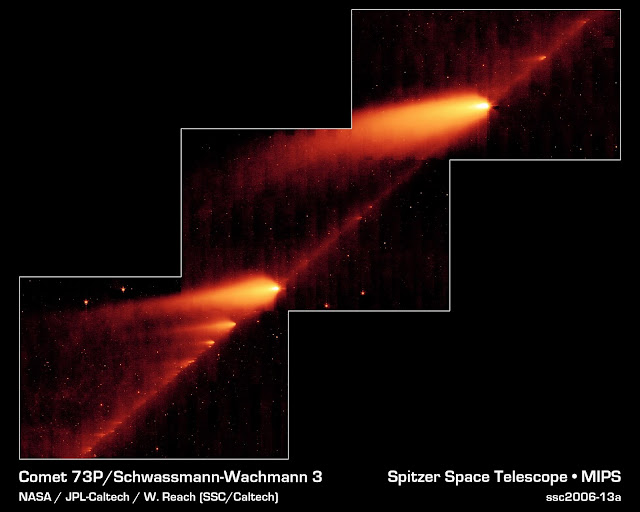Zodiacal dating the Gundestrup Cauldron Interior of Panel A of the Gundestrup Cauldron, image from Wikipedia The Gundestrup Cauldron is a fantastic piece of large, intricate silverware, weighing around 7 kilos. It was found in a Danish bog in 1891, but its manufacture is thought to date to the first few centuries BC, or perhaps slightly after. It is formed from several panels displaying mythological scenes, including many animals and humanoid faces. The main panel that concerns us is the interior of Panel A, shown above. This particular panel is very similar to the Pashupati Seal, which features in Prehistory Decoded (shown below). Pressing from the Pashupati Seal, Mohenjo-Daro, India, image from Wikipedia. The Pashupati Seal possibly shows an early version of Shiva, known as Rudra, an Indian horned god, surrounded by animals. The zodiacal date of this seal is given in Prehistory Decoded as around 1950 BC, to within a few hundred years, which agrees with its e







